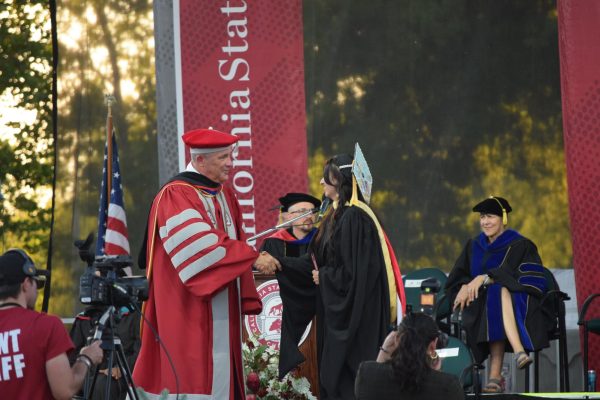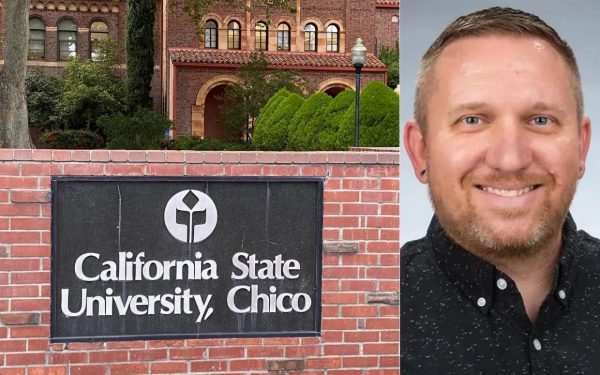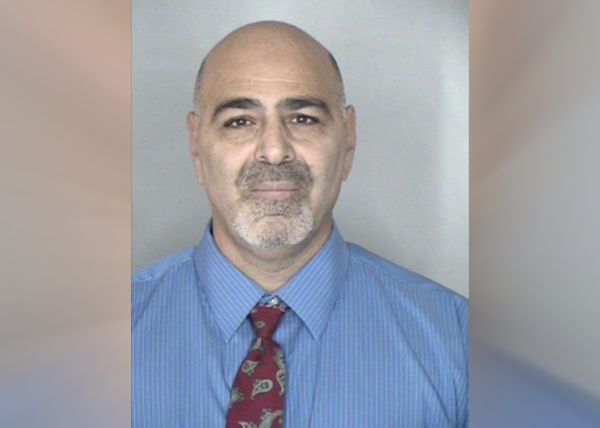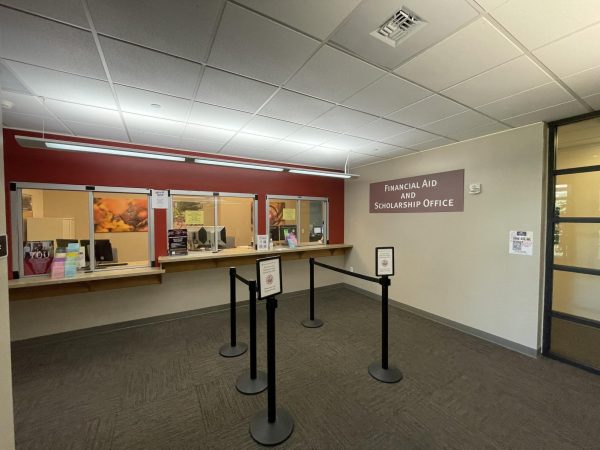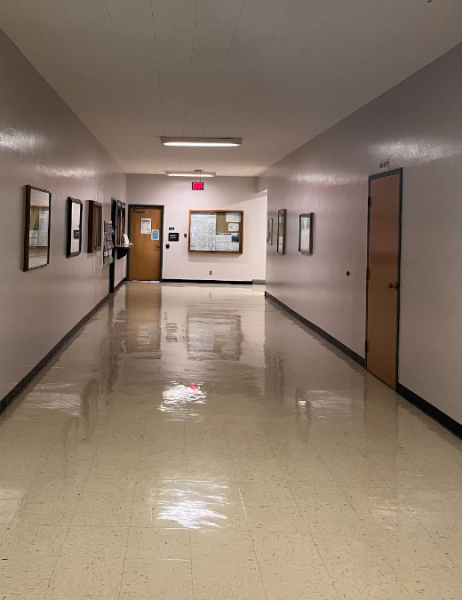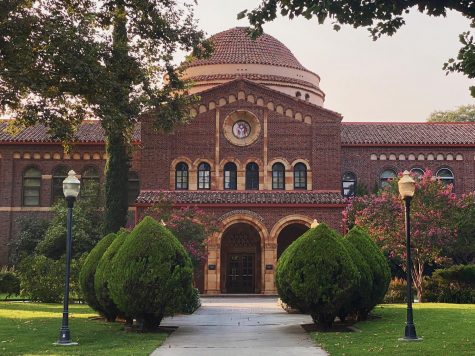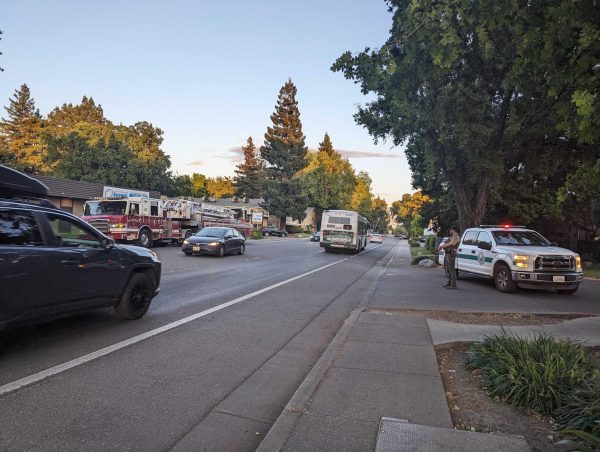Wildcats wet their toes with water field trip
Students took a field trip to learn about water usage in California. Photo courtesy of Heather Kirkendal
Last weekend, 36 students and three faculty members got a firsthand look at water rights and usage all across Northern California.
The overnight trip was put on by Eric Houk, a professor in the College of Agriculture, with help from Jennifer Rotnem who works at the Center for Water and Environment.
Destinations included the Oroville Dam, Lundberg Family Rice Farms, Maxwell California, Woodson Bridge County Park, Sacramento River Discovery Center, Shasta Dam, Tehama-Colusa Canal, Glenn Colusa Irrigation District and Sierra Nevada Brewing Co.
The group was exposed to multiple sides of issues regarding water, including the possibility of a reservoir in Sites, California.
“Farmers are really for it, but people are concerned because they’re not sure the water will be adequately used,” said Heather Kirkendall, an agriculture business major who was approached by Houk to assist in the trip.
The group chatted with representatives from the Fish and Wildlife Services at the Sacramento River Discovery Center about the impact of the drought on the local salmon population.
“All these channels and rivers are all connected. For example, Shasta Dam rally fuels everything. It starts the whole process,” Kirkendall said. “It’s so much more complex than I could ever imagine.”
While at Shasta Dam, the group learned that the diversion of the dam has to change, keeping animals in mind.
“They have these state of the art fish farms where the fish can go in and rest in the shade and leave when they want,” Kirkendall said. “It’s really bizarre stuff.”
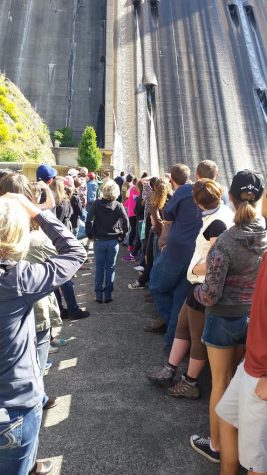
The trip, including lodging and food, was entirely paid for by the Student Learning Fee, a grant which was a joint creation between the CWE and the College of Agriculture.
Since water is such an important aspect of many majors, the trip included students from all departments, including agriculture business, economics, geography, civil engineering, environmentalist and anthropology.
The group heard from a variety of experts on water issues and discovered that solutions for the drought need to come from consistent communication and cooperation from all over the state.
“We heard from engineers for the Sutter-Butte flood control agency, irrigation districts, public affairs for the U.S. bureau, general managers of different canals, project leaders who talked about different projects that can be implemented to help save water,” Kirkendall said.
Due to the high percentage of juniors and seniors on the trip, there was also a prominent networking factor.
“We met so many different professionals from so many different industries,” Kirkendall said. “We had engineers talking to engineers, people passing out emails and cell phone numbers so they could contact them after the trip.”
Overall, Kirkendall believes the trip was a success.
“I think I learned as much as I would have spending a semester in a classroom on this trip alone,” she said. “You think you know about our current water situation until you get out there and listen to those involved.”
Amelia Storm and George Johnston can be reached at [email protected] or @theorion_news on Twitter.









